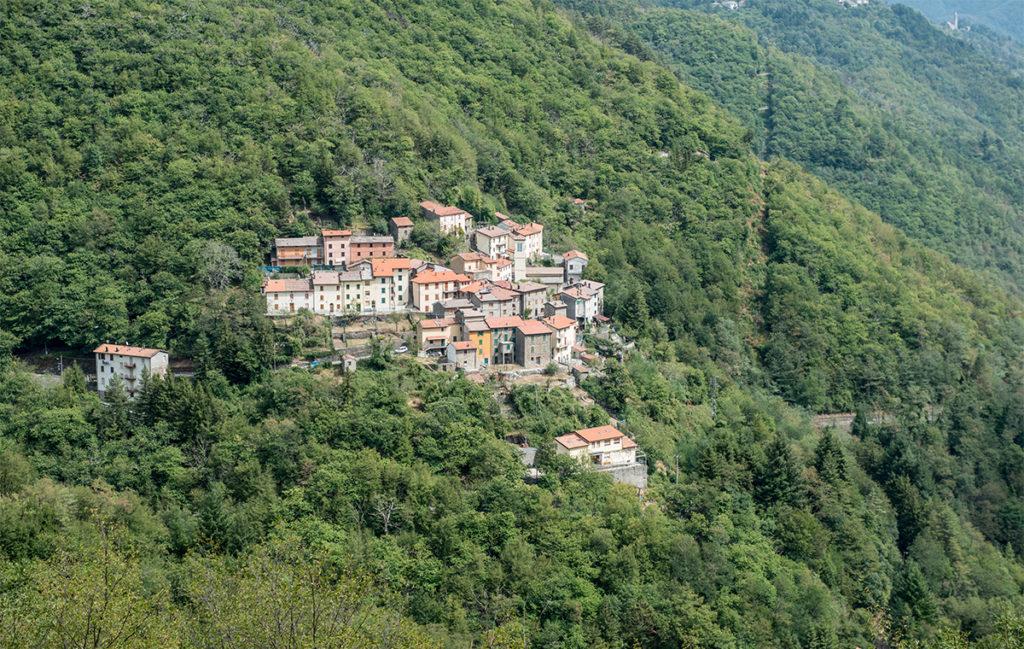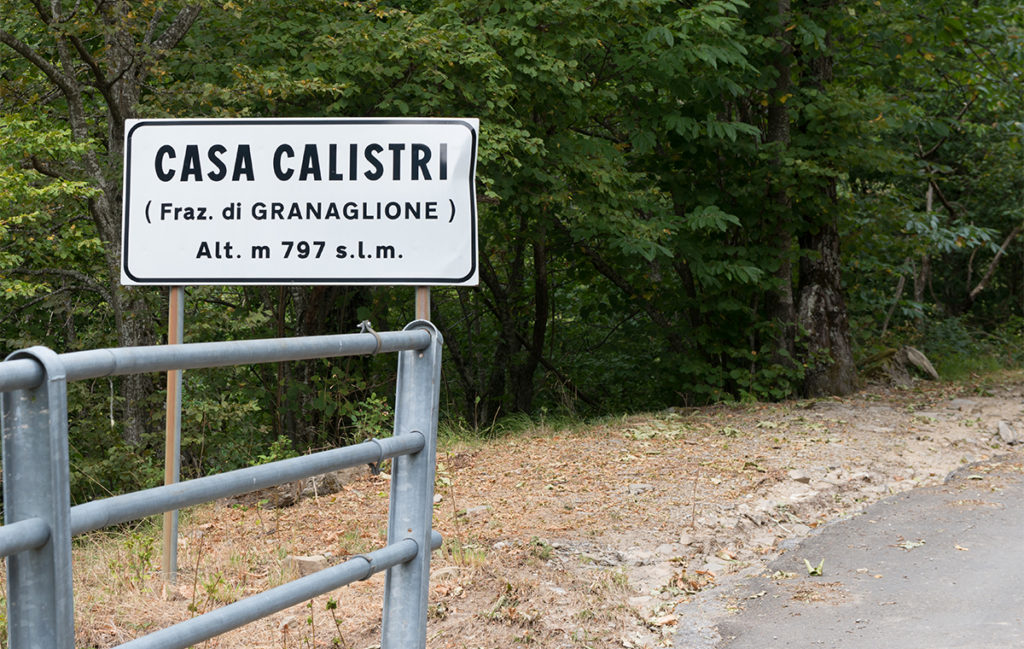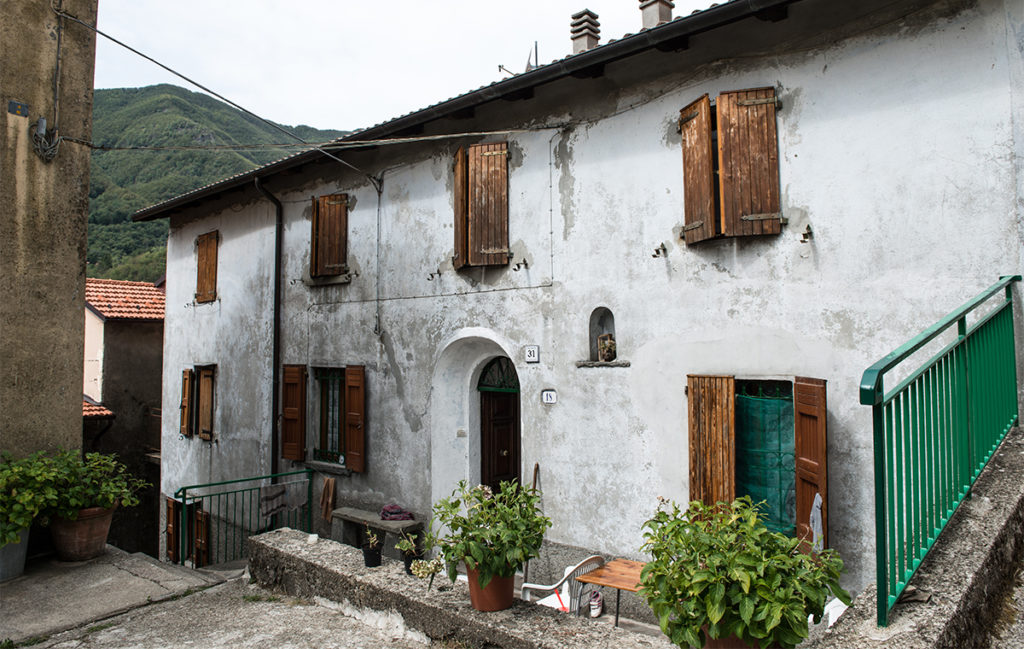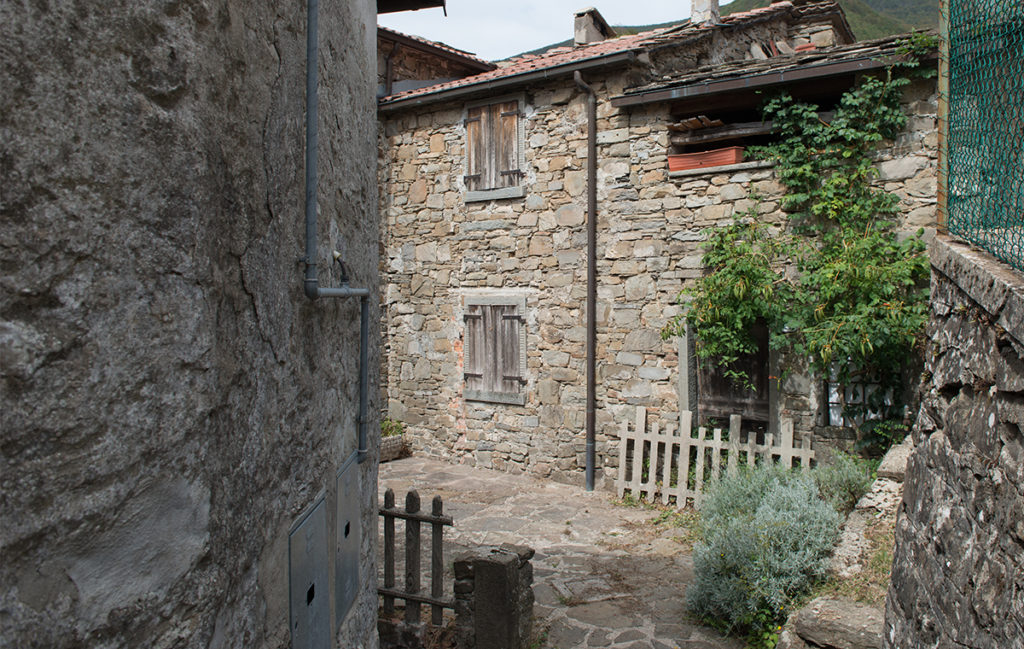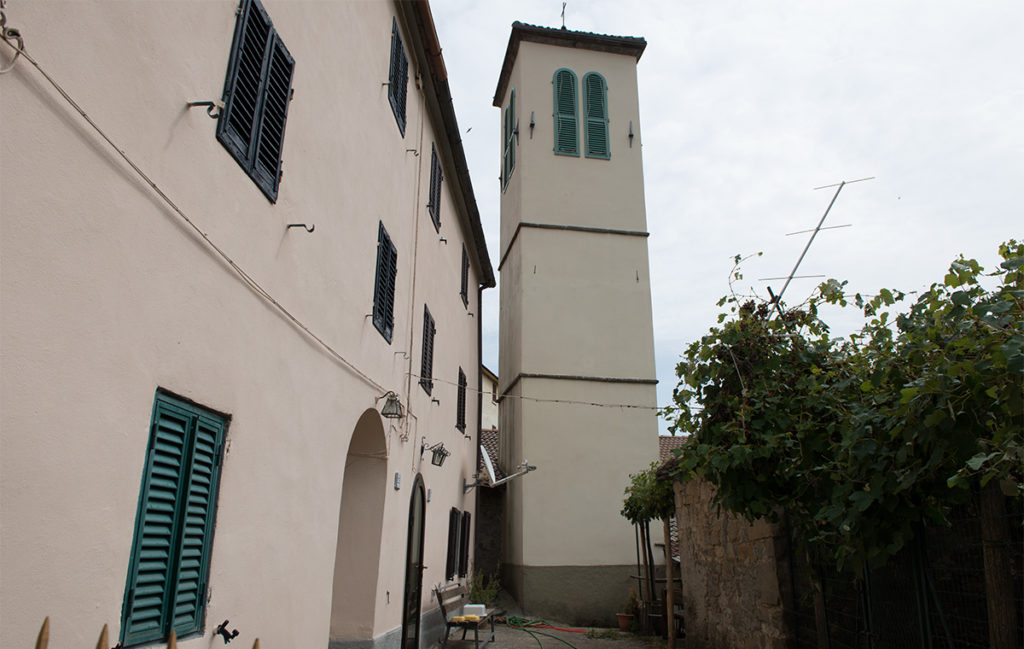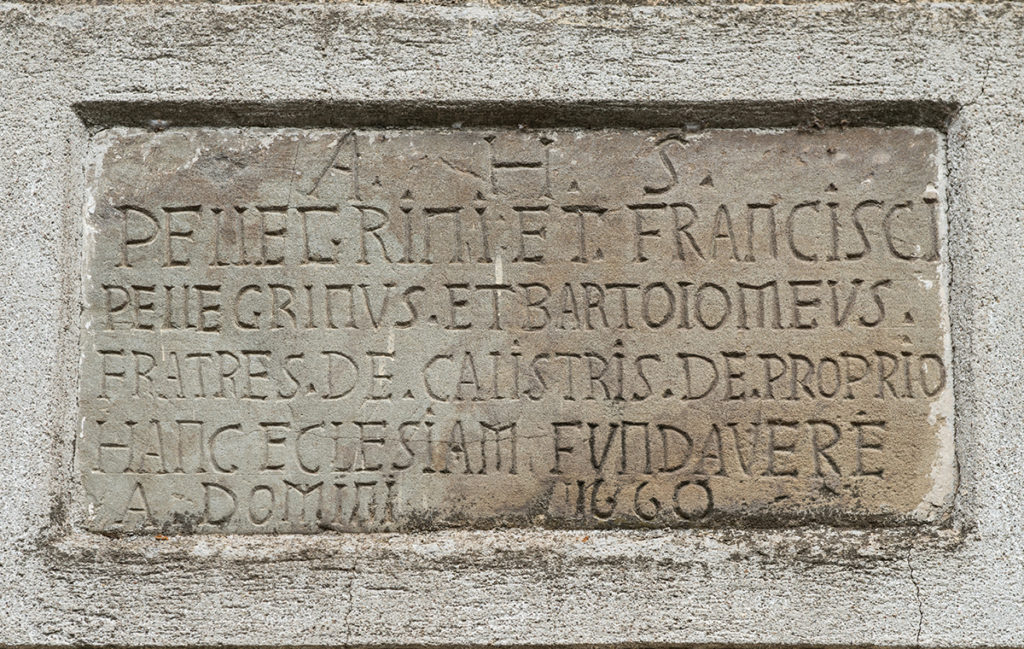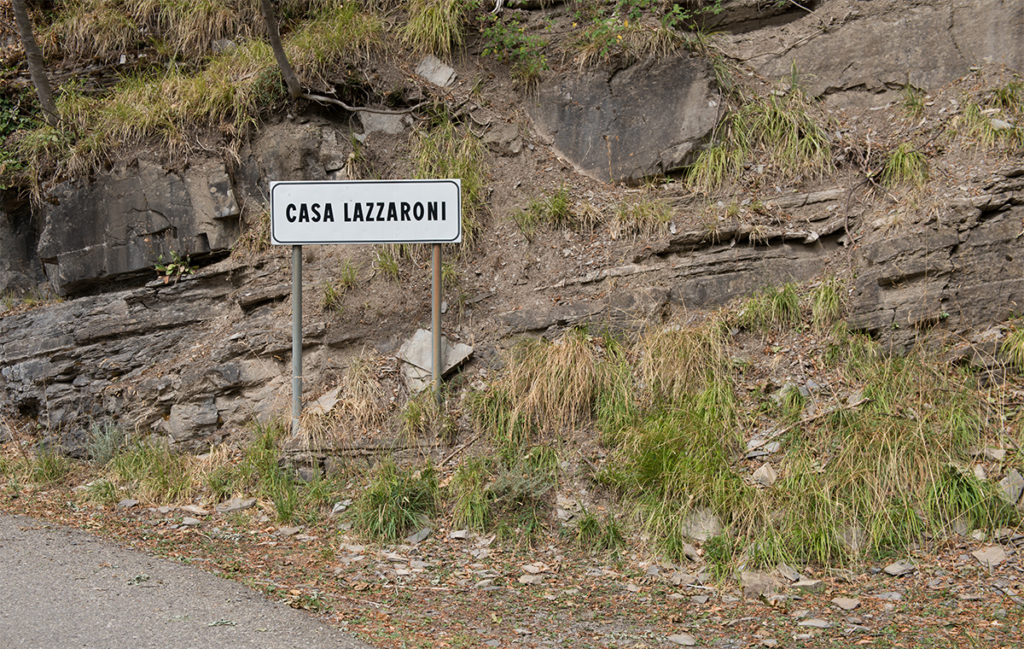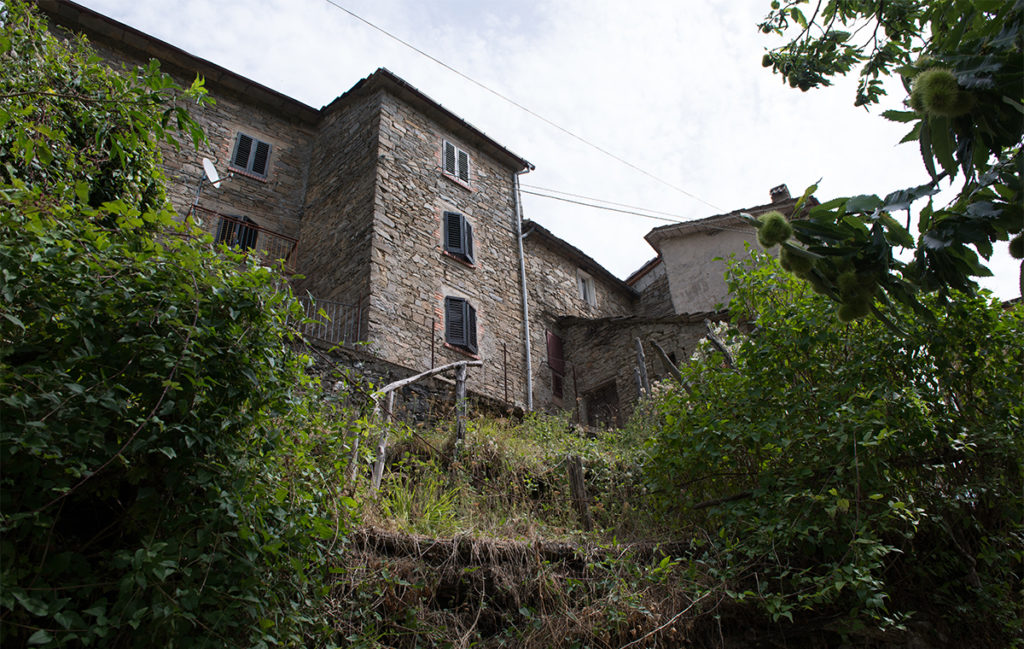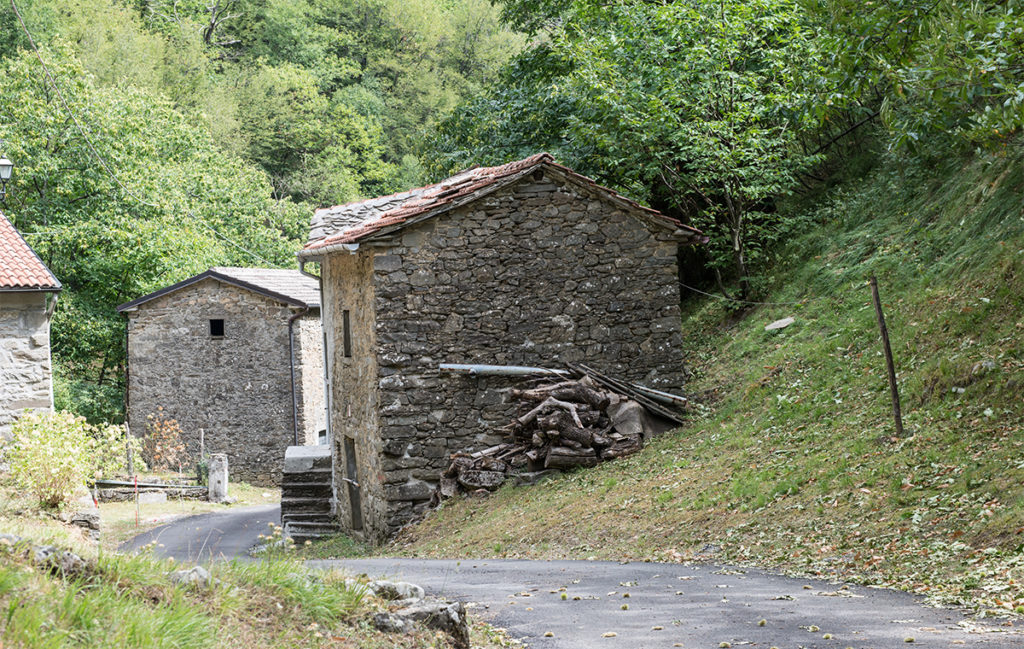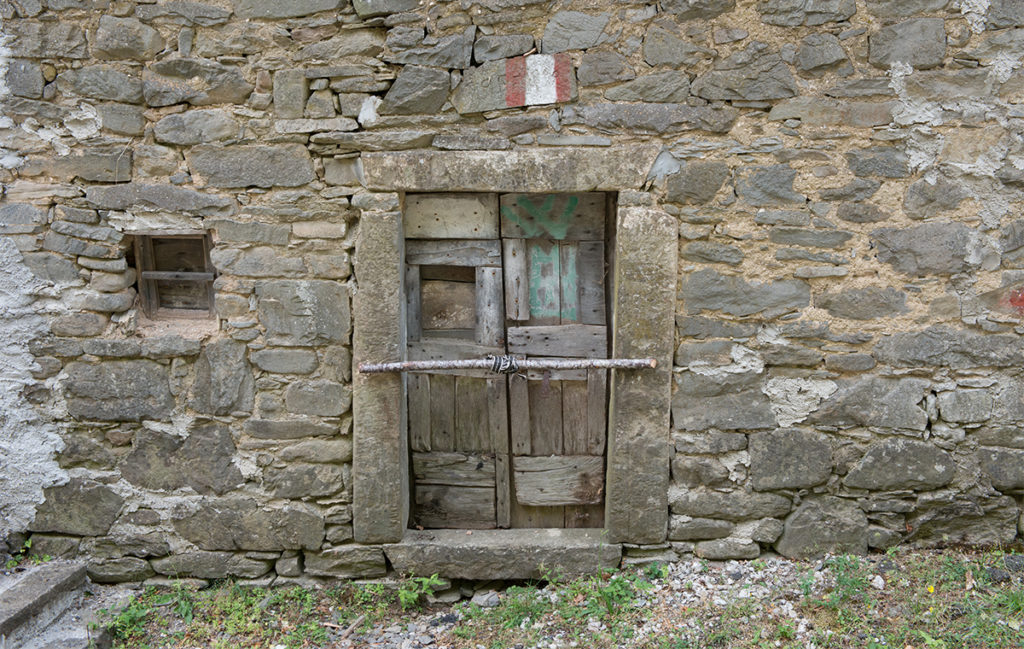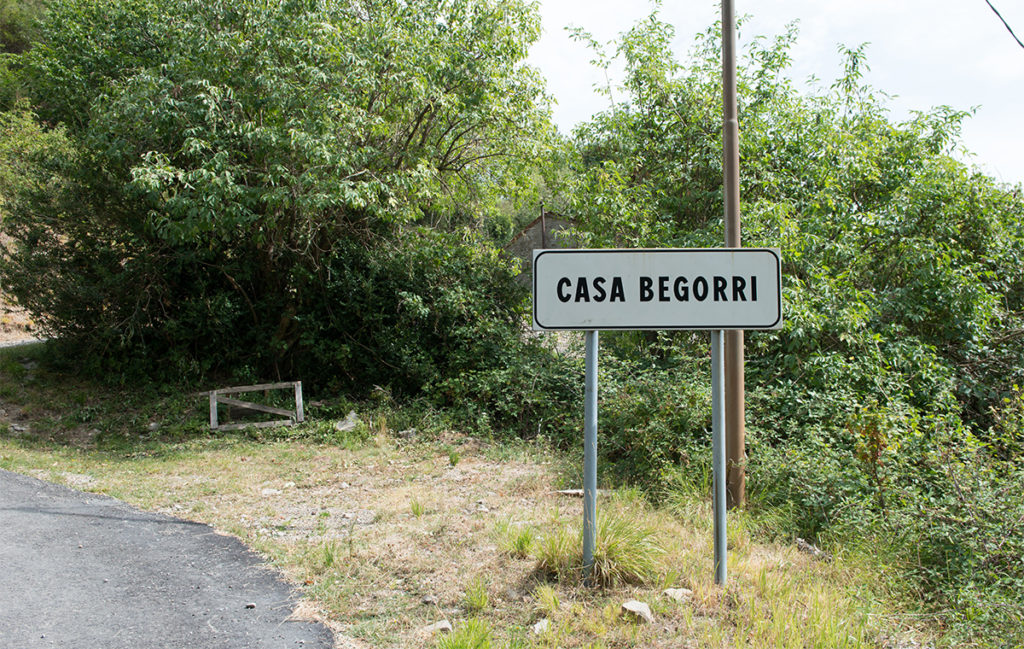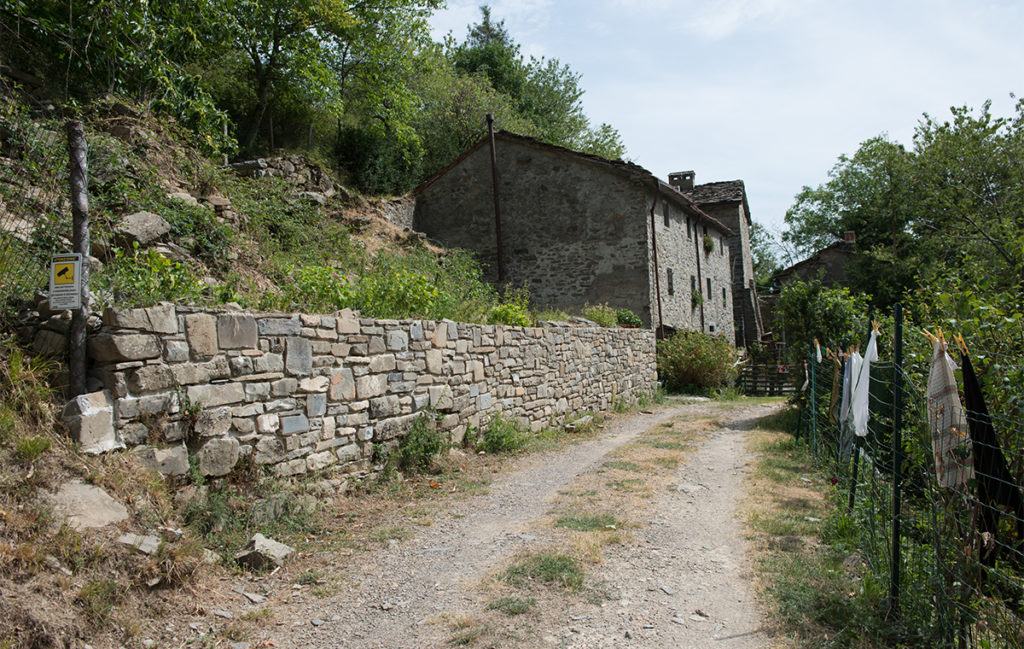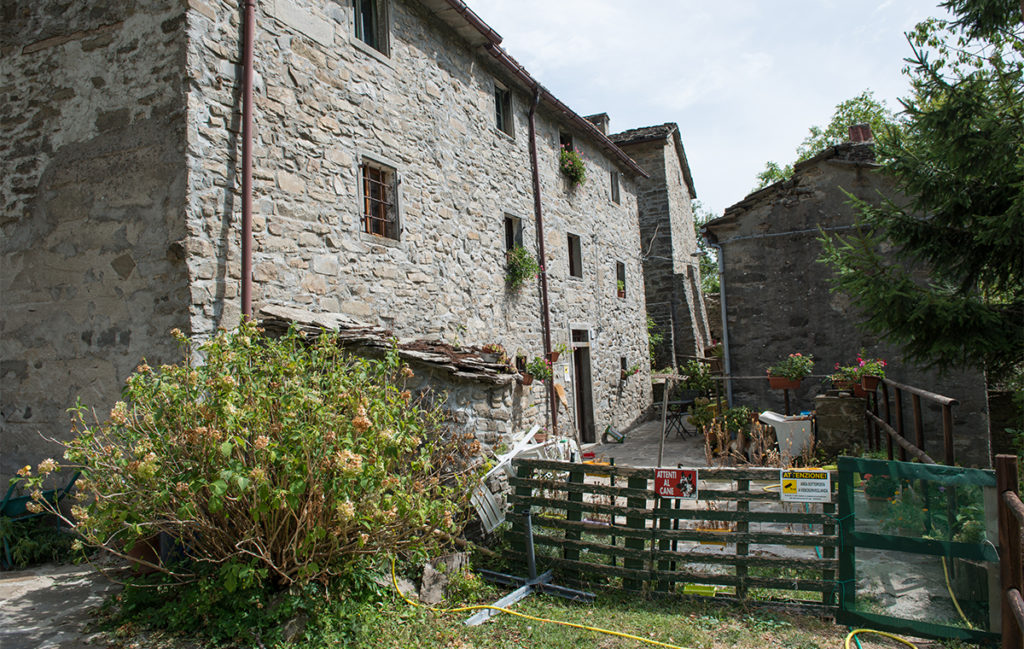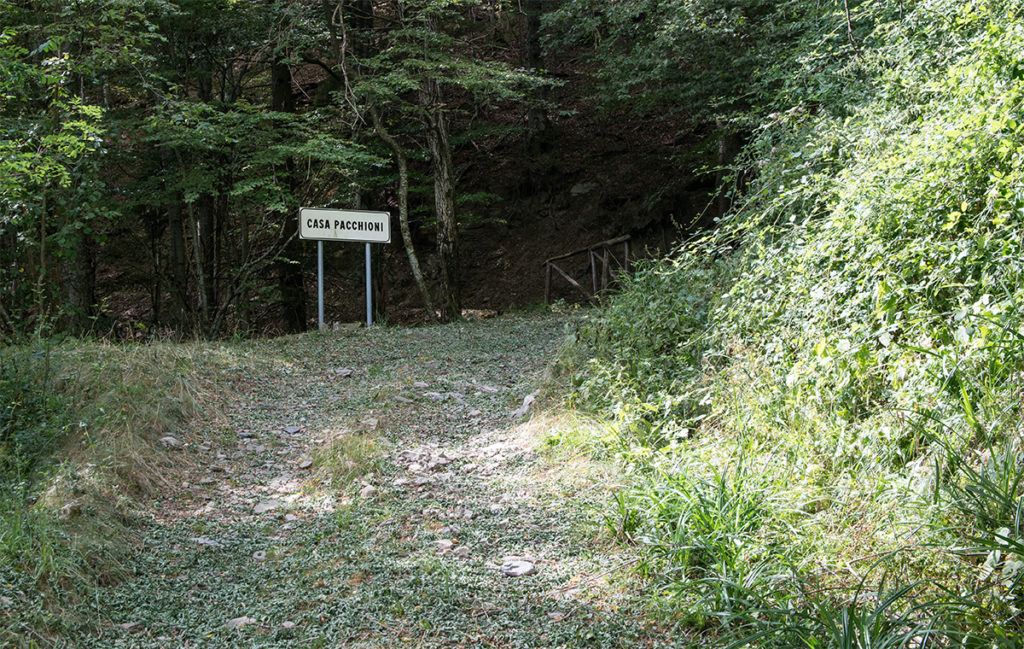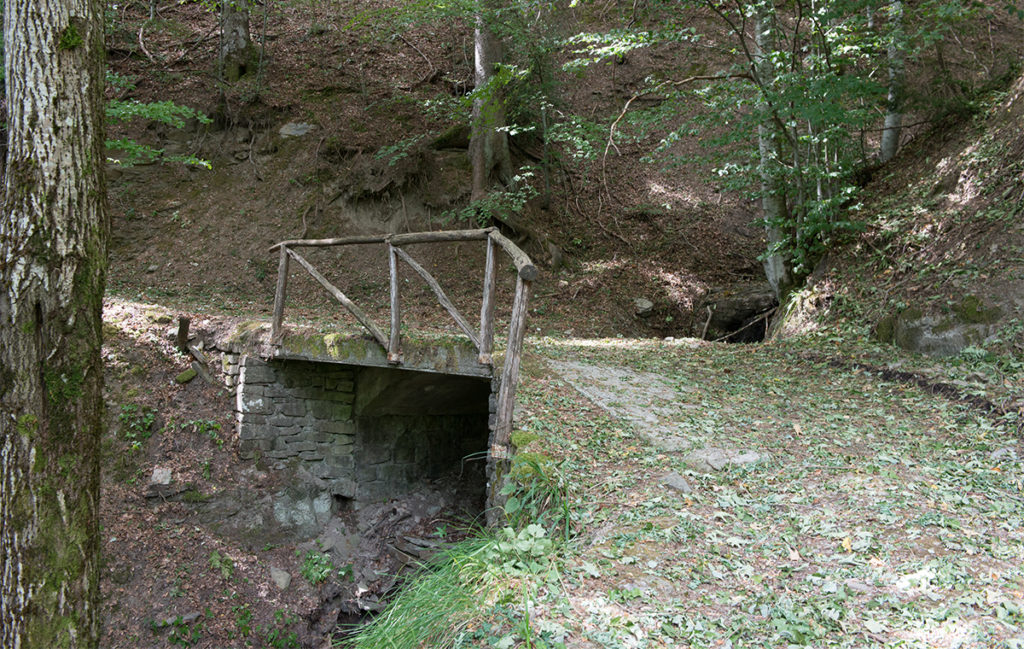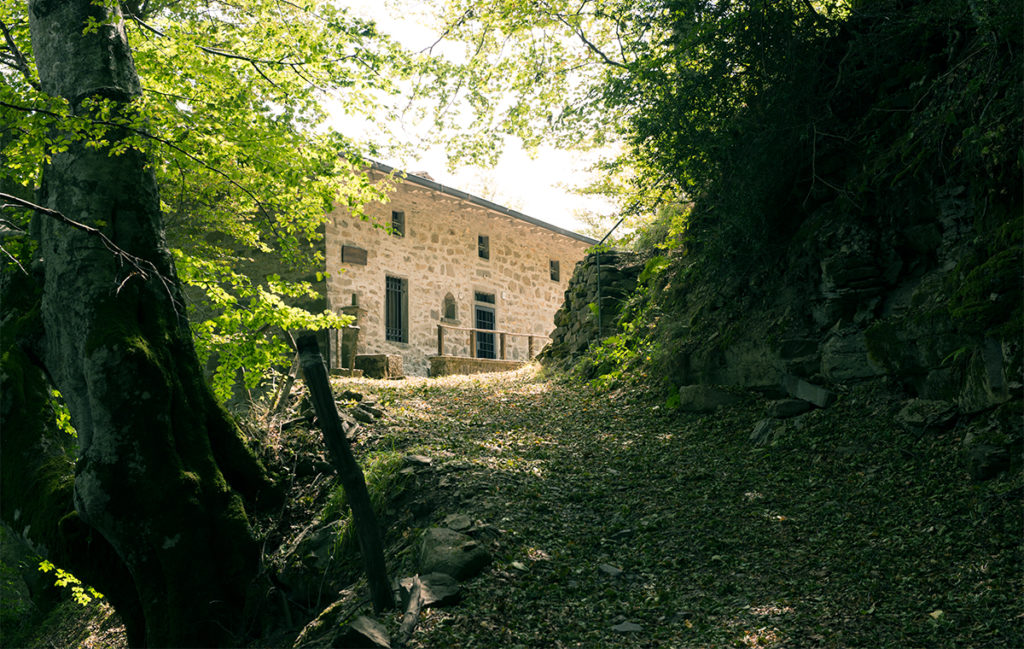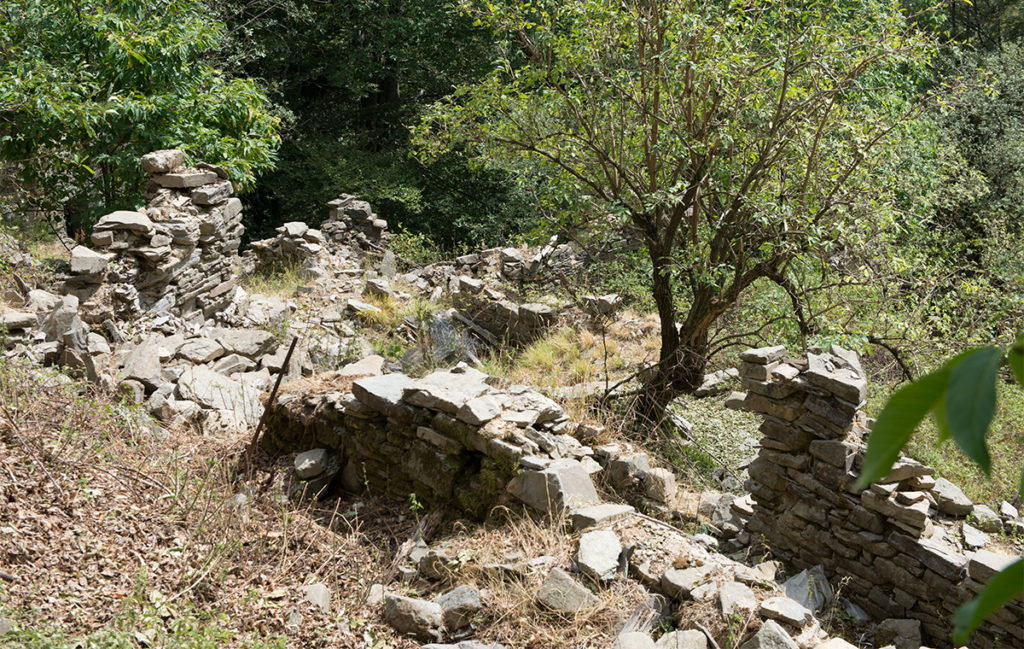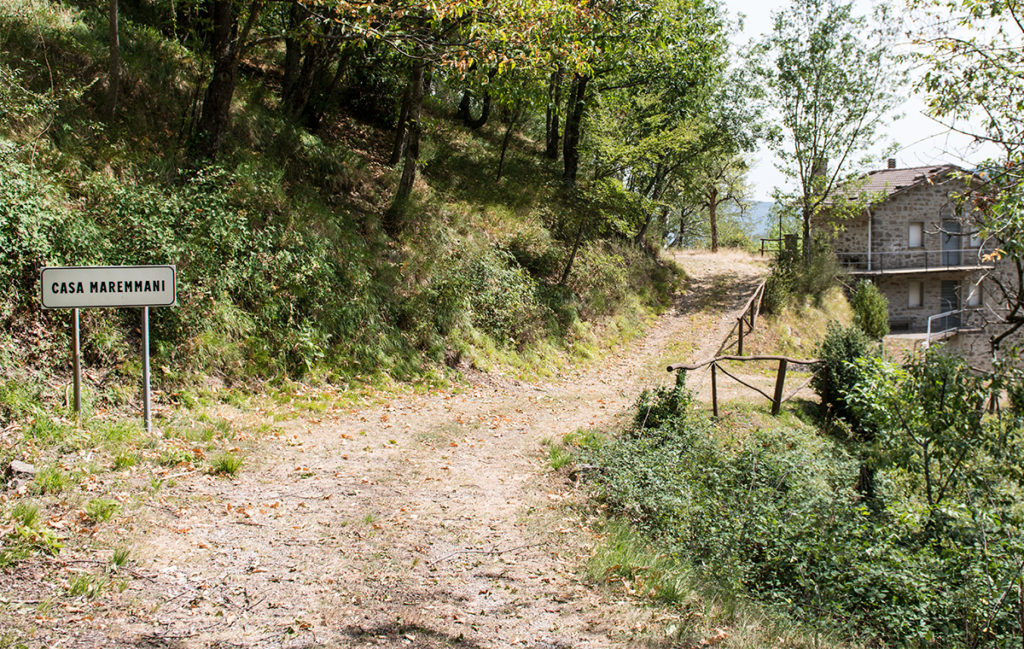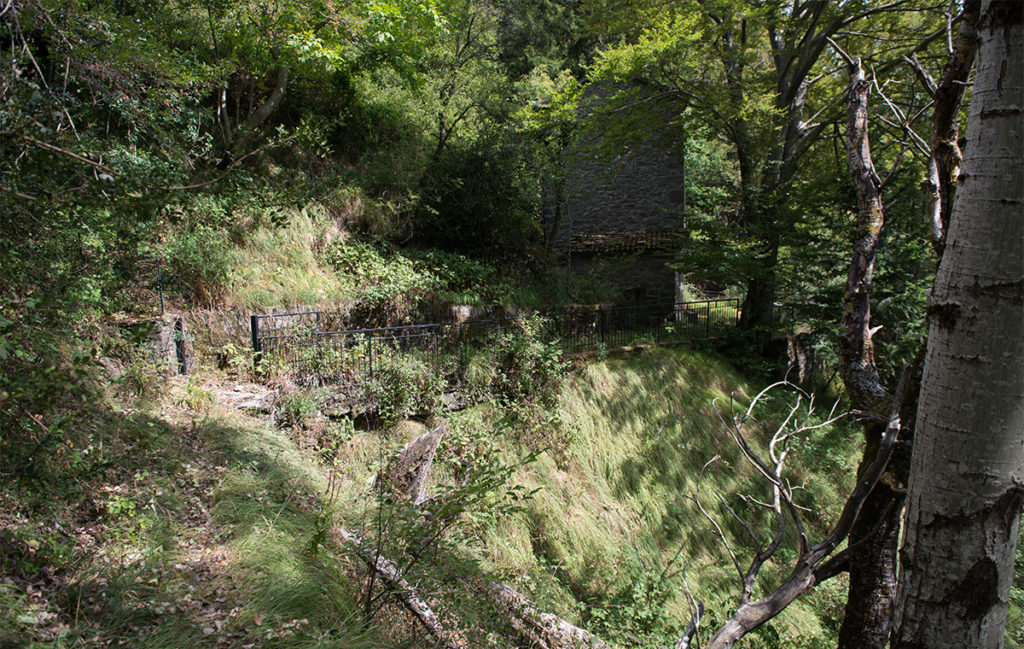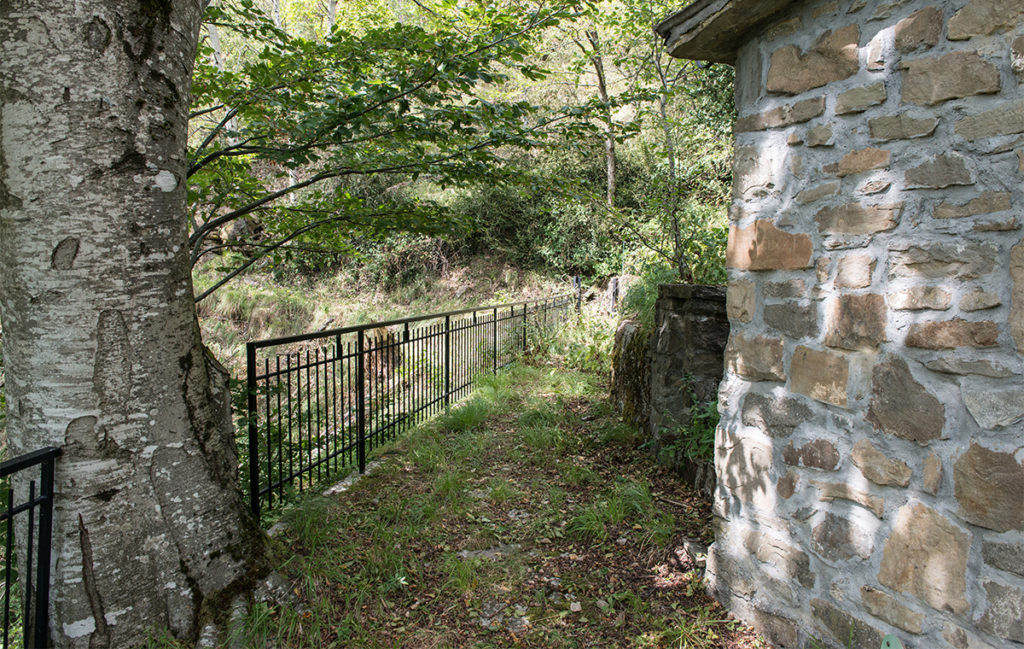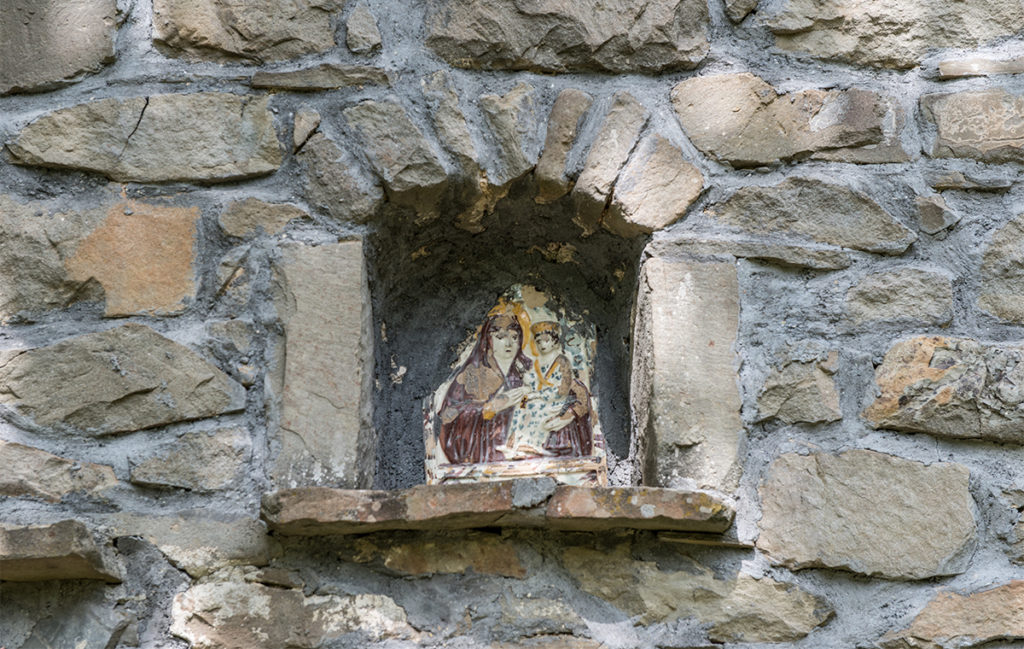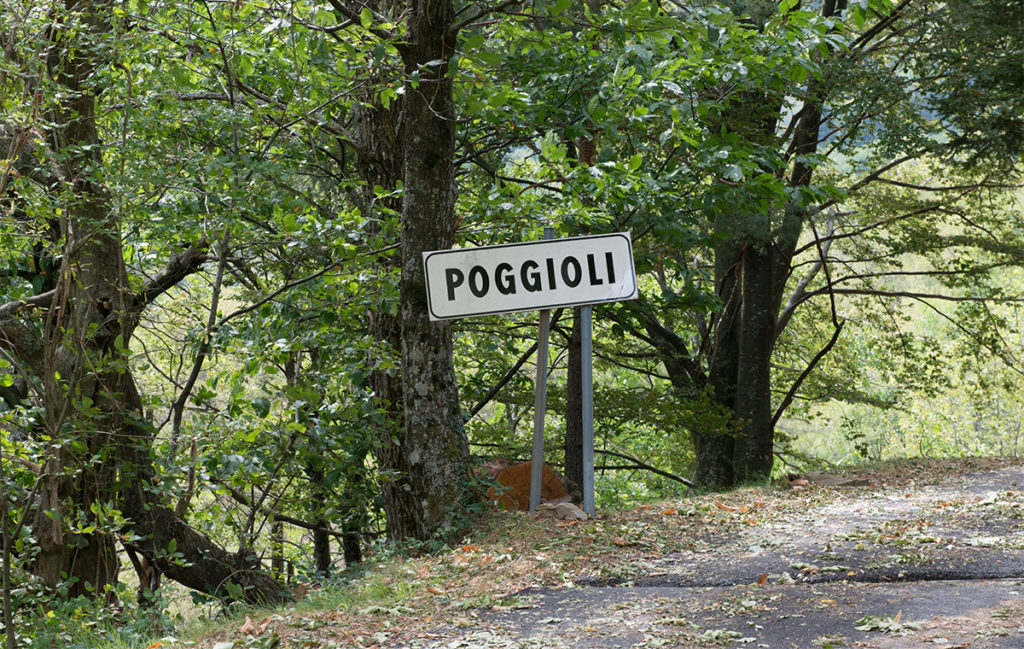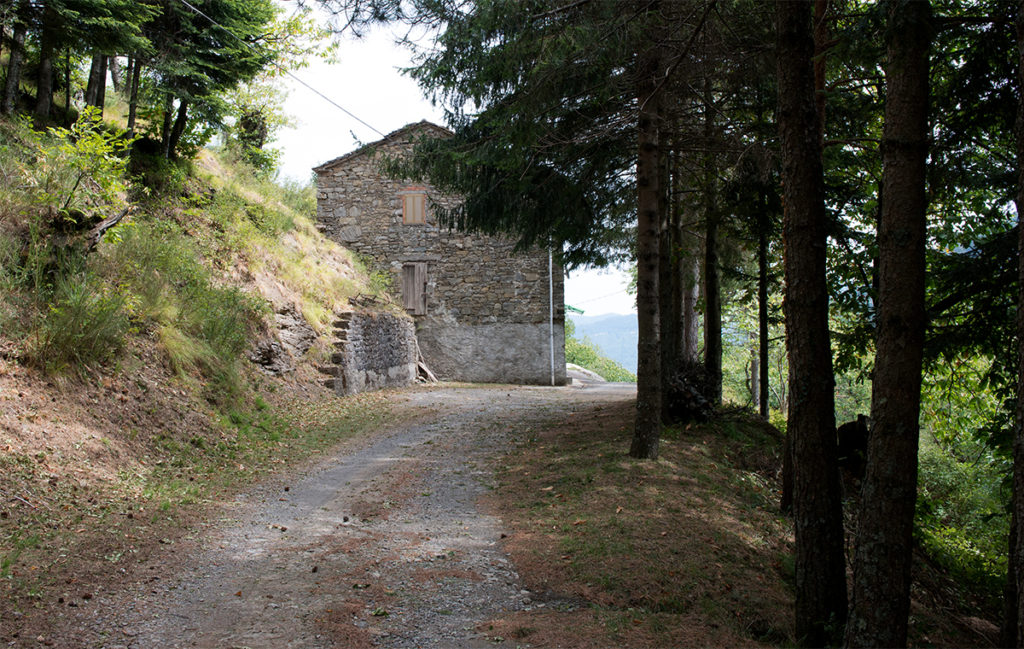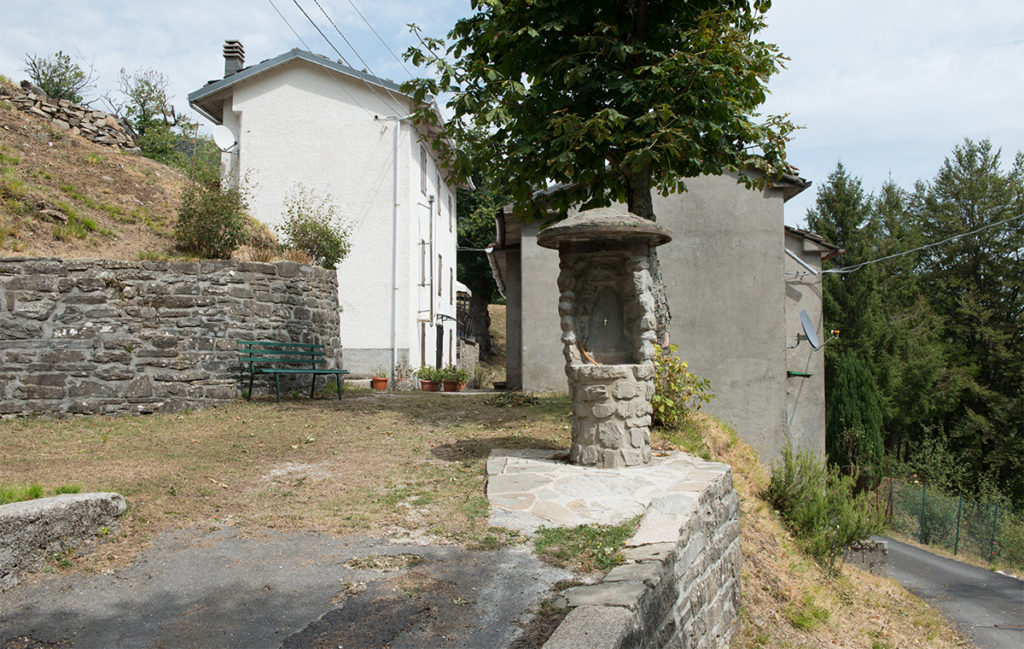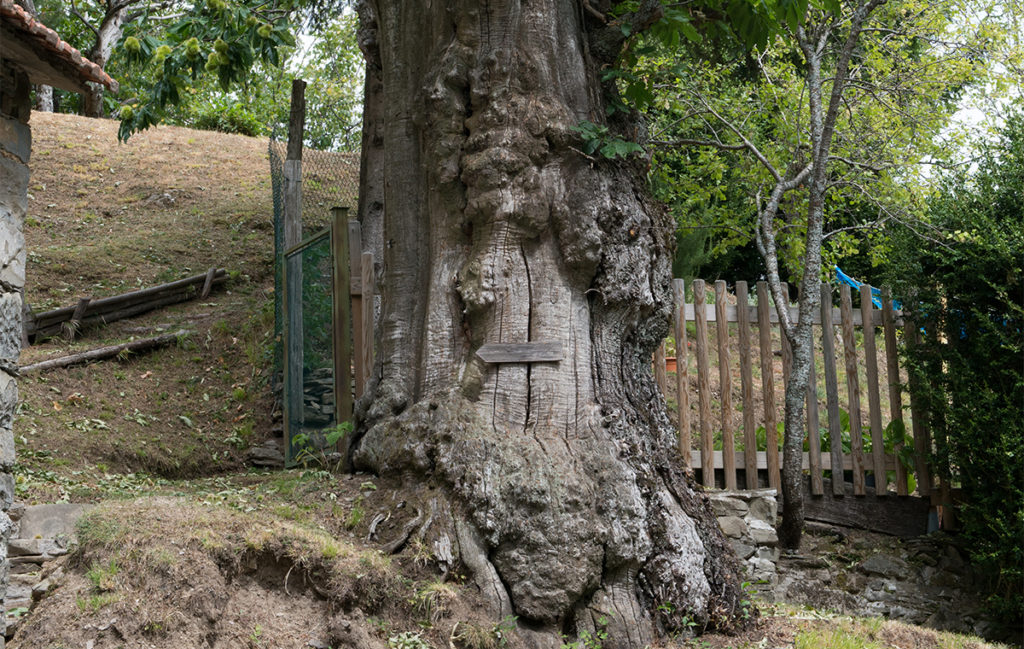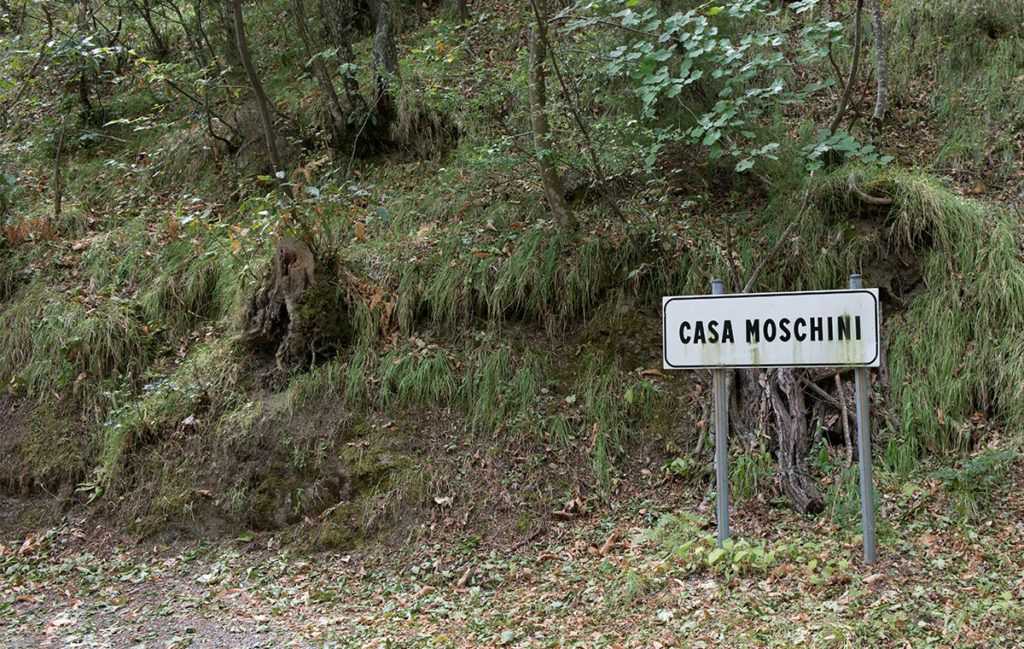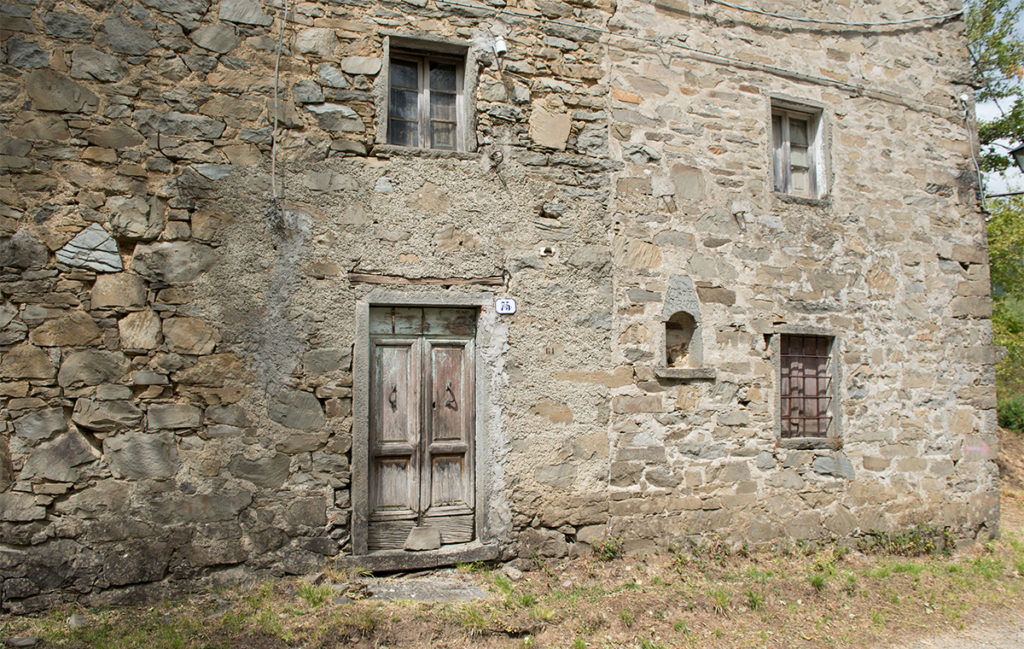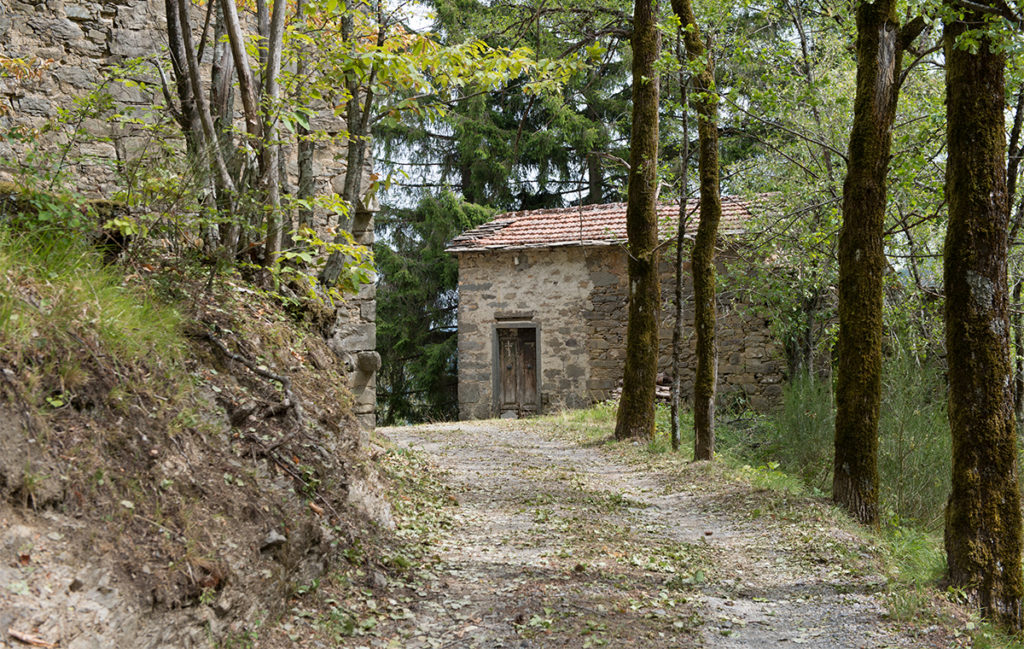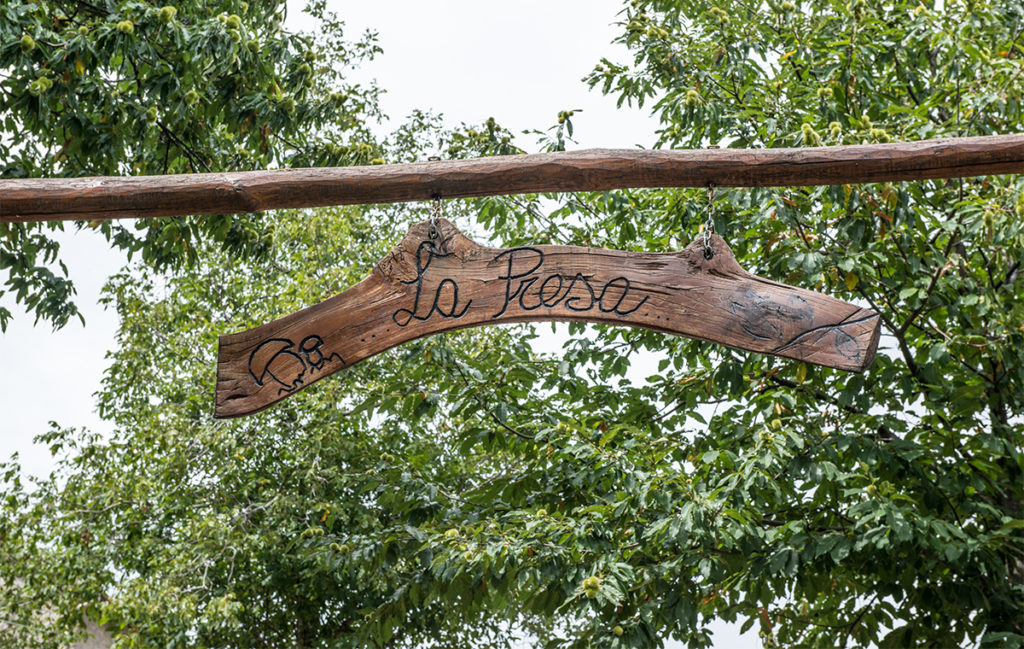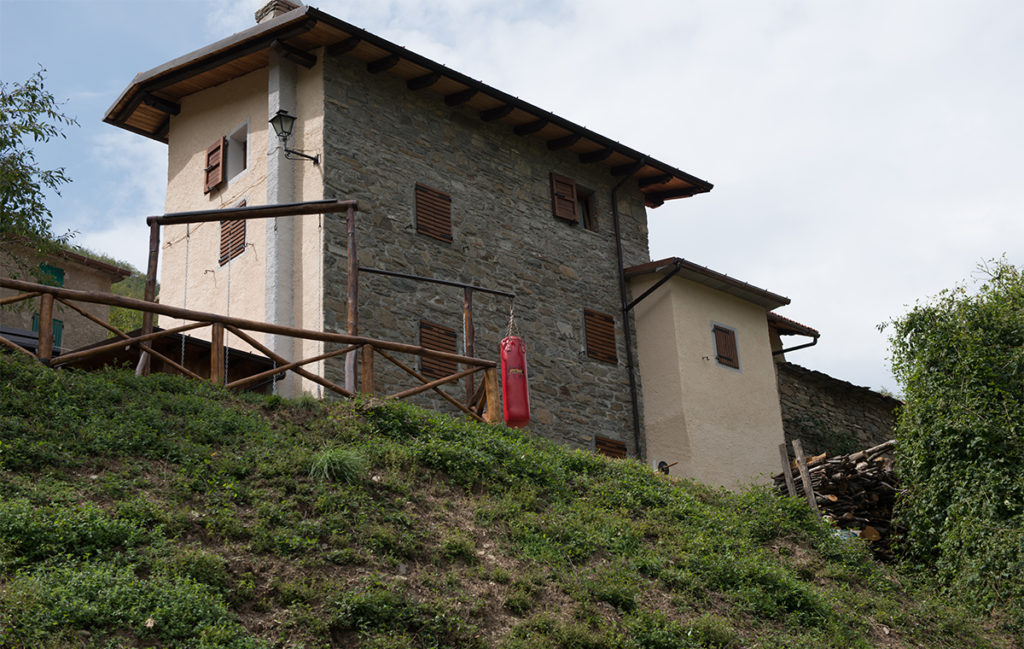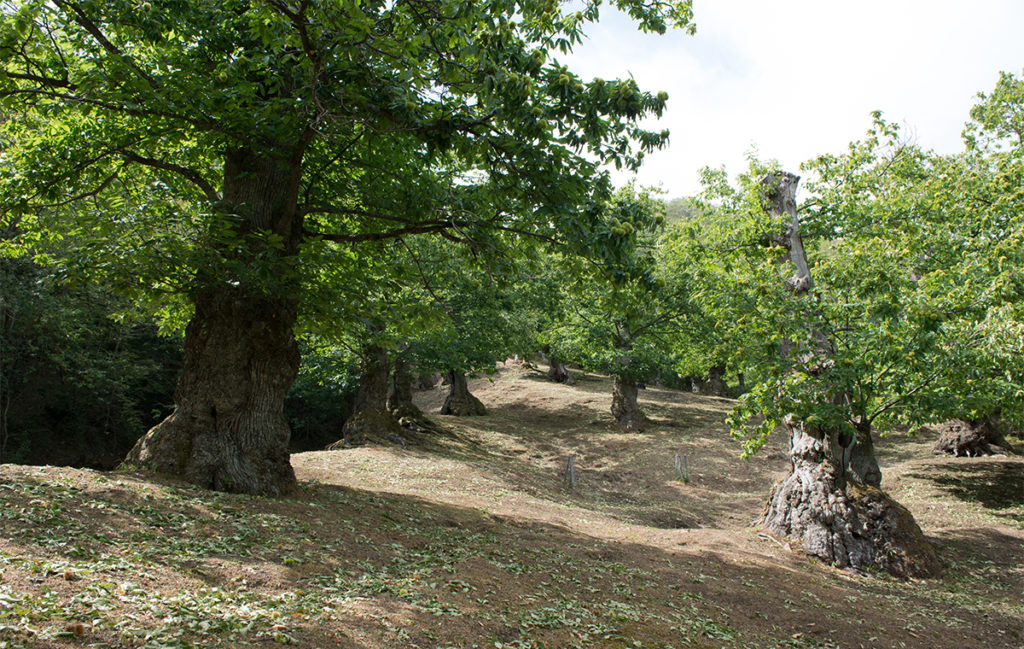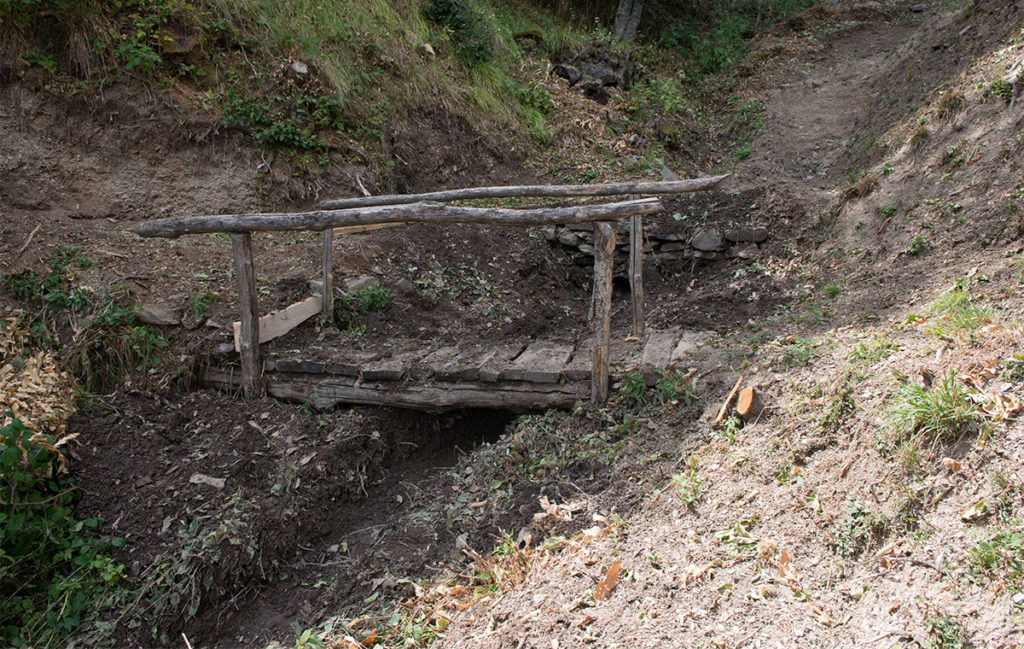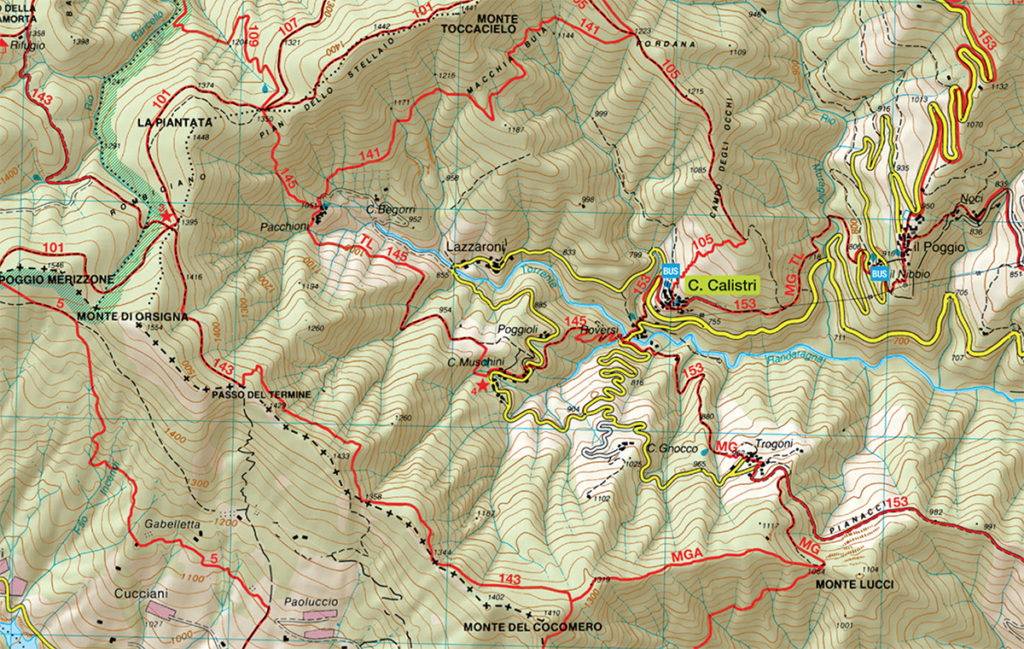© Photo Stefano Semenzato
DESCRIPTION
We are in the most upstream area of the Randaragna valley, which ends by Mount Orsigna. We visit Casa Calistri, Casa Lazzaroni, Casa Begorri, Casa Maremmani, Casa Pacchioni, Casa Poggioli, Casa Moschini. We stand between 800 and 1100 meters upon sea level, surrounded by chestnut, birch and fir woods. One can get here uphill from Granaglione or downhill from Monte Cavallo mountain hut. This itinerary requires few hours – but deserves the whole day, if possible.
Passing by the hamlets, some of which are served by dirt roads and reachable only by feet, it is possible to notice the contrast between abandonment and depopulation on the one hand, as many buildings have been shut for years, and recovery and restoration attempts on the other, as some houses are inhabited – in summer at least. It is also possible to see old dilapidated casoni, mills and chestnut dryers, or even the ruins of an ancient hamlet, like in case of Casa Pacchioni – which was found to be the first human settlement in the whole Granaglione surroundings.
The largest village – in a manner of speaking – is Casa Calistri. On its central square stands the San Pellegrino church, built at the end of the XVII century by the Calistri family, according to an inscription on a wall stone.
The itinerary ends at Casa Moschini, by the B&B “La Presa”. On the B&B website it is possible to read about the many beauties of the Randaragna valley. An independent, enclosed valley, which once used to meet its own needs. For many years, its inhabitants used to exclusively rely on their own skills. Since no road led to the lower valley, relationships with other populations were rare and extemporaneous. Moreover, snow used to last for months and people did not move, as they lived in such a geographically and socially isolated place. In this context, Randaragna inhabitants made themselves self-reliable by developing numerous skills to meet their needs.

